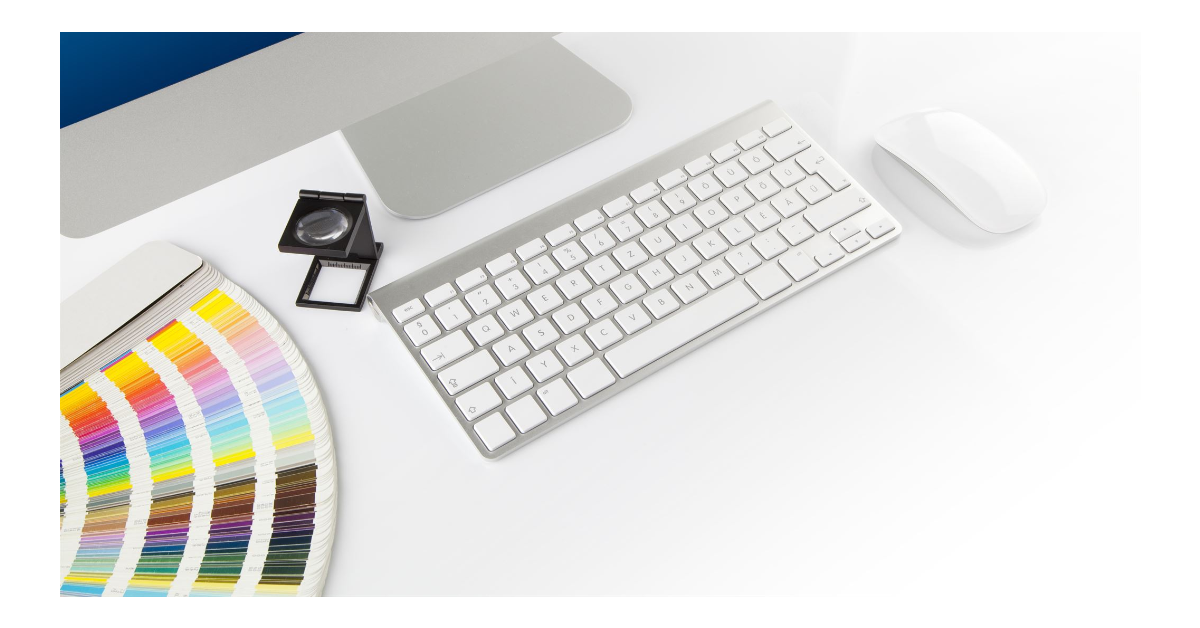Every brand has a unique story to tell, and the way its website is designed plays a crucial role in how this story is conveyed. With the myriad of website design styles available, choosing the right one that truly represents your brand and resonates with your target audience can be quite daunting. This article aims to guide you through the process of selecting the perfect website design style for your brand.
Understanding the Importance of a Website Design Style
A carefully chosen website design style acts as a visual language that communicates your brand message effectively. It helps establish a strong brand identity and supports the overall branding strategy. A consistent and harmonious design style enhances user experience and evokes positive emotions, fostering trust and credibility for your brand.
The right website design style can:
- Communicate your brand personality: Your website is a digital representation of your brand. The design style you choose should align with and reflect your brand’s personality.
- Engage users: An aesthetically pleasing website design style can capture users’ attention, keep them engaged, and encourage them to interact with your website.
- Boost conversion rates: A well-designed website can guide users towards the desired action, such as making a purchase or signing up for a newsletter, thereby increasing conversion rates.
Key Elements of a Website Design Style

When crafting a website design style, certain key elements need to be considered. These elements play a crucial role in defining the look and feel of your website.
Colours
Colours evoke emotions and can significantly influence a user’s perception of your brand. When choosing colours, consider your brand personality and the emotions you want to elicit from your users. Ensure that the colours you choose are consistent with your existing brand colours.
Typography
Typography plays a pivotal role in enhancing readability and setting the tone of your brand’s message. Select fonts that align with your brand personality and ensure they are legible across different devices and screen sizes.
Grid
A well-defined grid provides structure to your website design, ensuring consistency and balance. It guides the placement of elements and aids in maintaining visual hierarchy.
Graphics and Icons
Graphics and icons add visual interest to your website and can greatly enhance user comprehension. Ensure that the style of the graphics and icons aligns with your overall design style.
Other Elements
Other elements such as images, buttons, forms, and animations also contribute to your website design style. Make sure these elements are consistent with your chosen design style and enhance user experience.
The Role of a Website Style Guide
A website style guide acts as a blueprint for your website design. It outlines the design principles, visual elements, and coding standards to be followed, thus ensuring consistency across all webpages.
A comprehensive style guide includes the following elements:
- Visual Elements: This includes details about colours, typography, imagery, and iconography.
- Layout and Grid: This section outlines the grid system, spacing guidelines, and layout principles.
- Navigation: This includes the design of menus, links, and other navigation elements.
- Coding Standards: These are guidelines for writing and formatting code.
- Content Guidelines: This section provides guidelines for writing and formatting text content, including tone of voice and grammar rules.
Choosing the Right Website Design Company
Choosing the right website design company is crucial in bringing your vision to life. Here are some tips to help you make the right decision:
- Review their Portfolio: A company’s portfolio gives you insights into their design capabilities and style.
- Check Testimonials and Reviews: Reviews from past clients can provide valuable insights into the company’s reliability and quality of service.
- Understand their Design Process: Understanding the company’s design process can help you determine whether they can meet your specific needs.
- Consider their Experience: A company with extensive experience in website design is likely to deliver a higher quality of work.
- Compare Pricing: While quality should be your primary concern, it is also important to ensure that the company’s pricing fits within your budget.
The Power of Consistency in Website Design
Consistency in website design enhances usability and learnability, provides a seamless user experience, and strengthens your brand identity. Here are some areas where consistency should be maintained:
- Visual Consistency: Consistent use of colours, fonts, and imagery creates a cohesive look and feel.
- Functional Consistency: Consistent functionality and behaviour of interactive elements enhance usability and predictability.
- Content Consistency: Consistent tone, style, and formatting of content enhance readability and comprehension.
- Structural Consistency: Consistent layout and navigation structure enhance learnability and ease of use.
Evolution of Website Design Styles
Website design styles have evolved significantly over the years, with trends shifting from static web pages to dynamic, interactive experiences. Modern website design styles place a strong emphasis on user experience, with designs becoming increasingly intuitive, responsive, and visually engaging.
Designing for the User
The ultimate goal of any website design is to provide a positive user experience. The design should be user-friendly, with intuitive navigation, readable text, and responsive design that works seamlessly across various devices.
Keeping Up with Design Trends
While staying true to your brand identity is crucial, it’s also important to keep up with the latest design trends. This can help keep your website fresh, modern, and engaging. However, always ensure that any design trend you adopt aligns with your brand identity and meets the needs of your users.
Choosing the right website design style is a critical step in building a successful online presence for your brand. It requires a deep understanding of your brand identity, your target audience, and the latest design trends. With careful planning, a clear vision, and the right design partner, you can create a website that not only looks great but also delivers a superior user experience, drives engagement, and boosts conversions.


